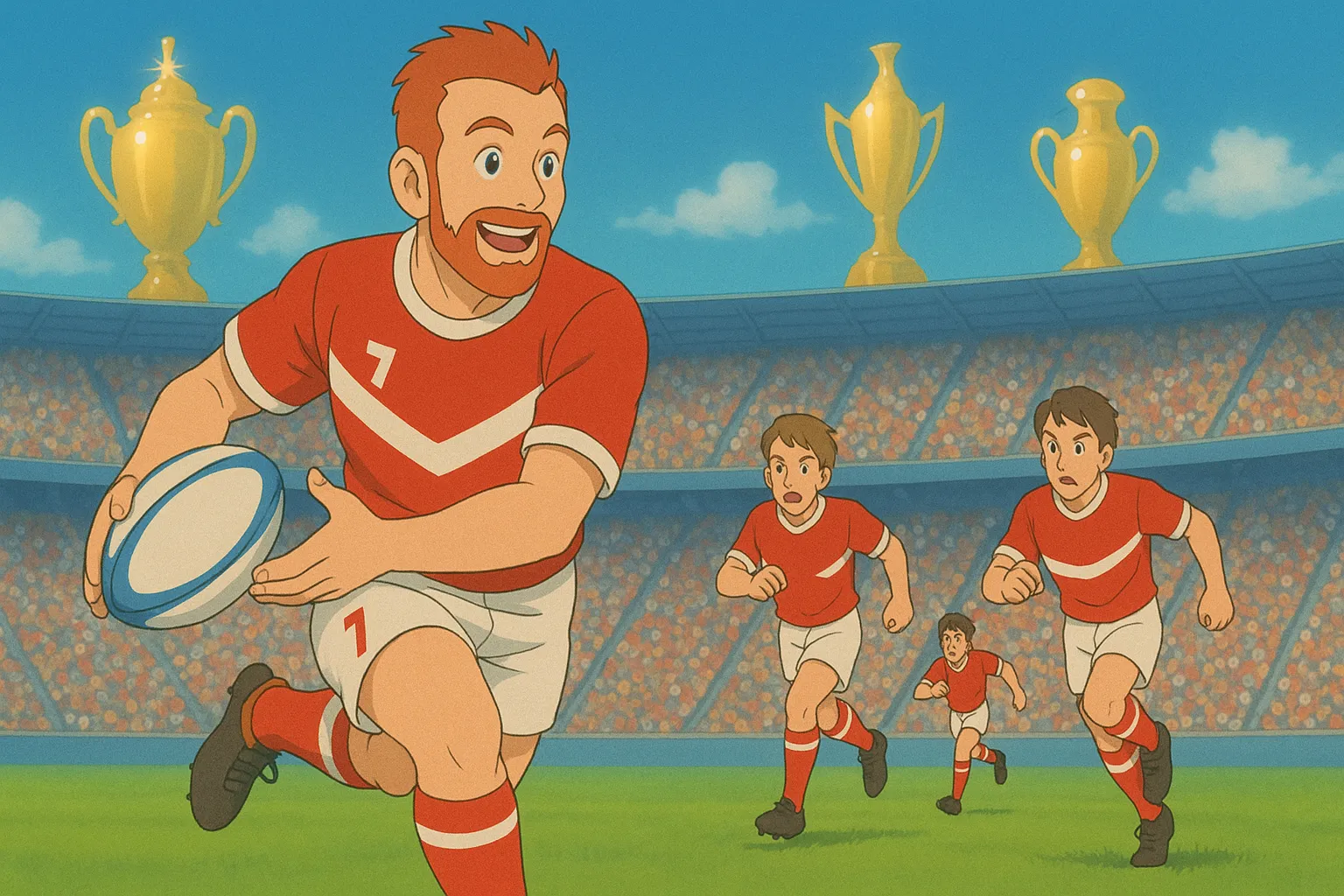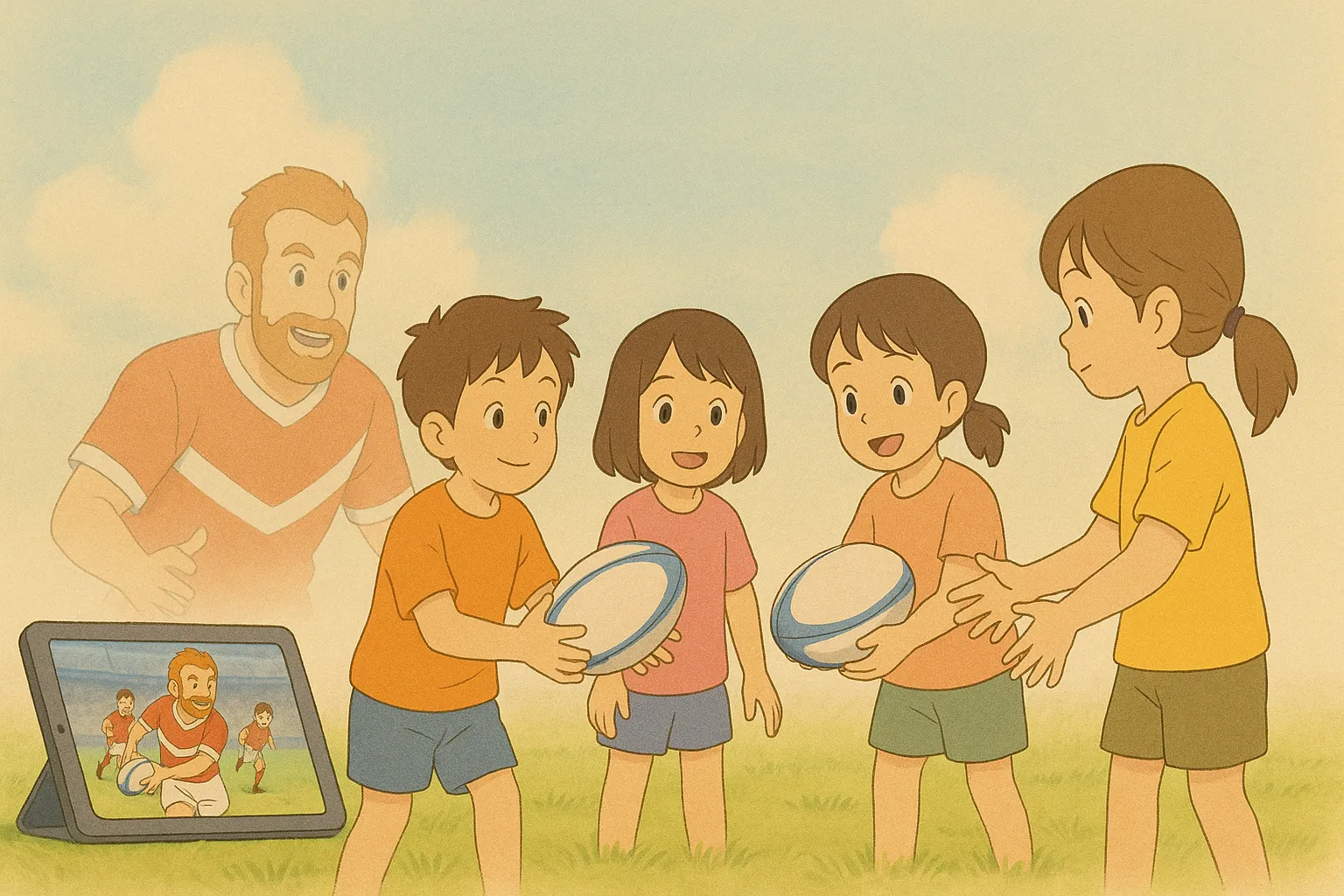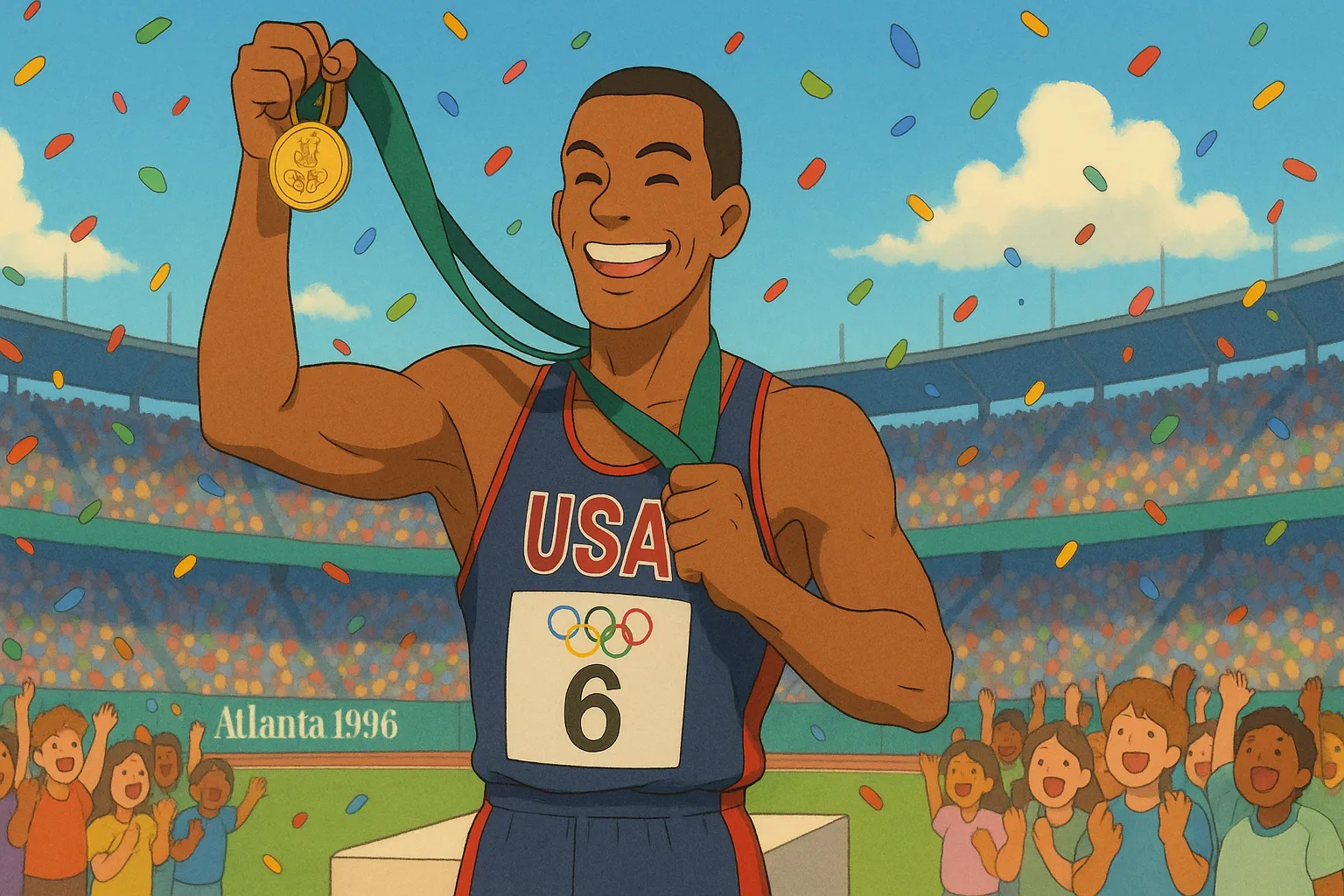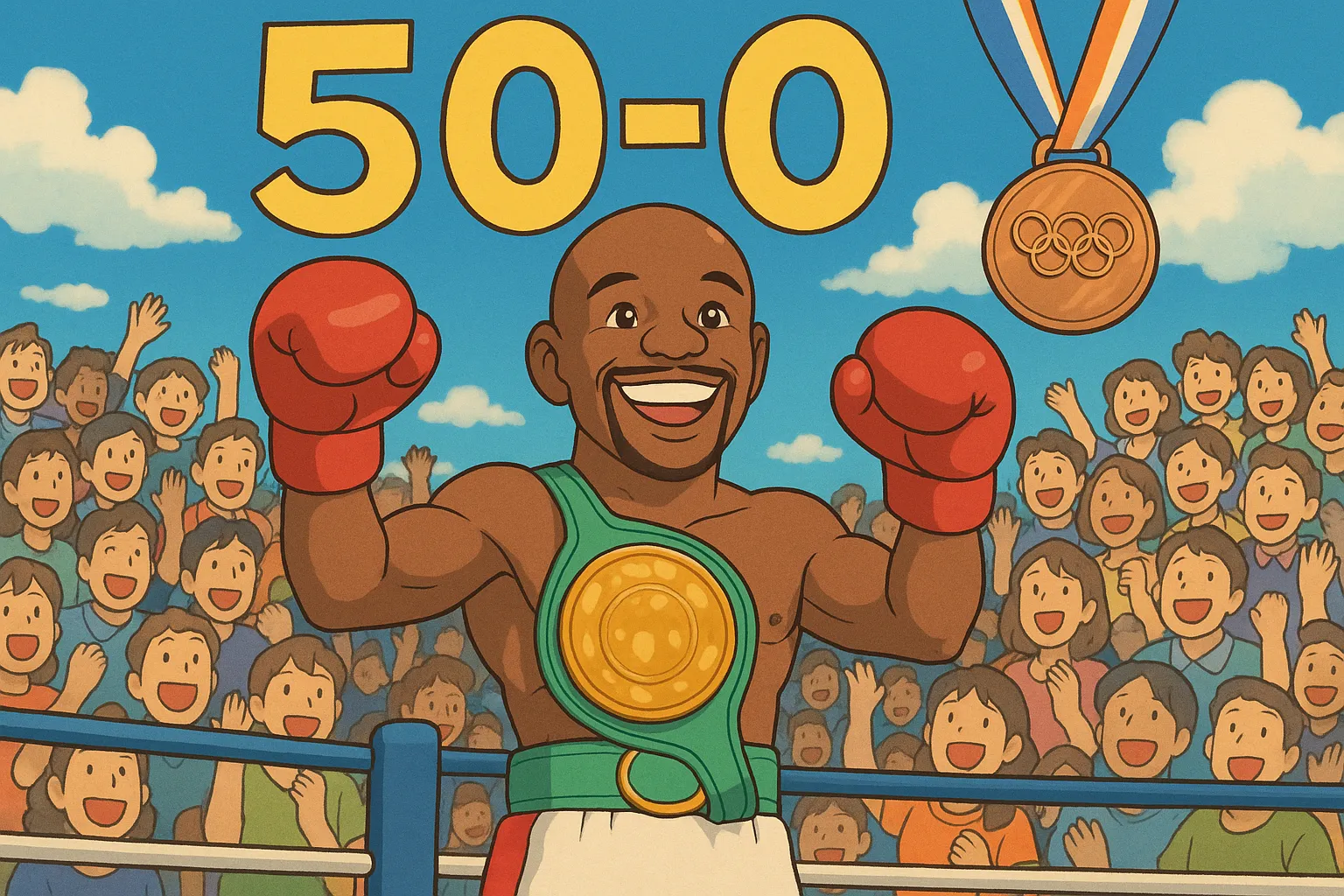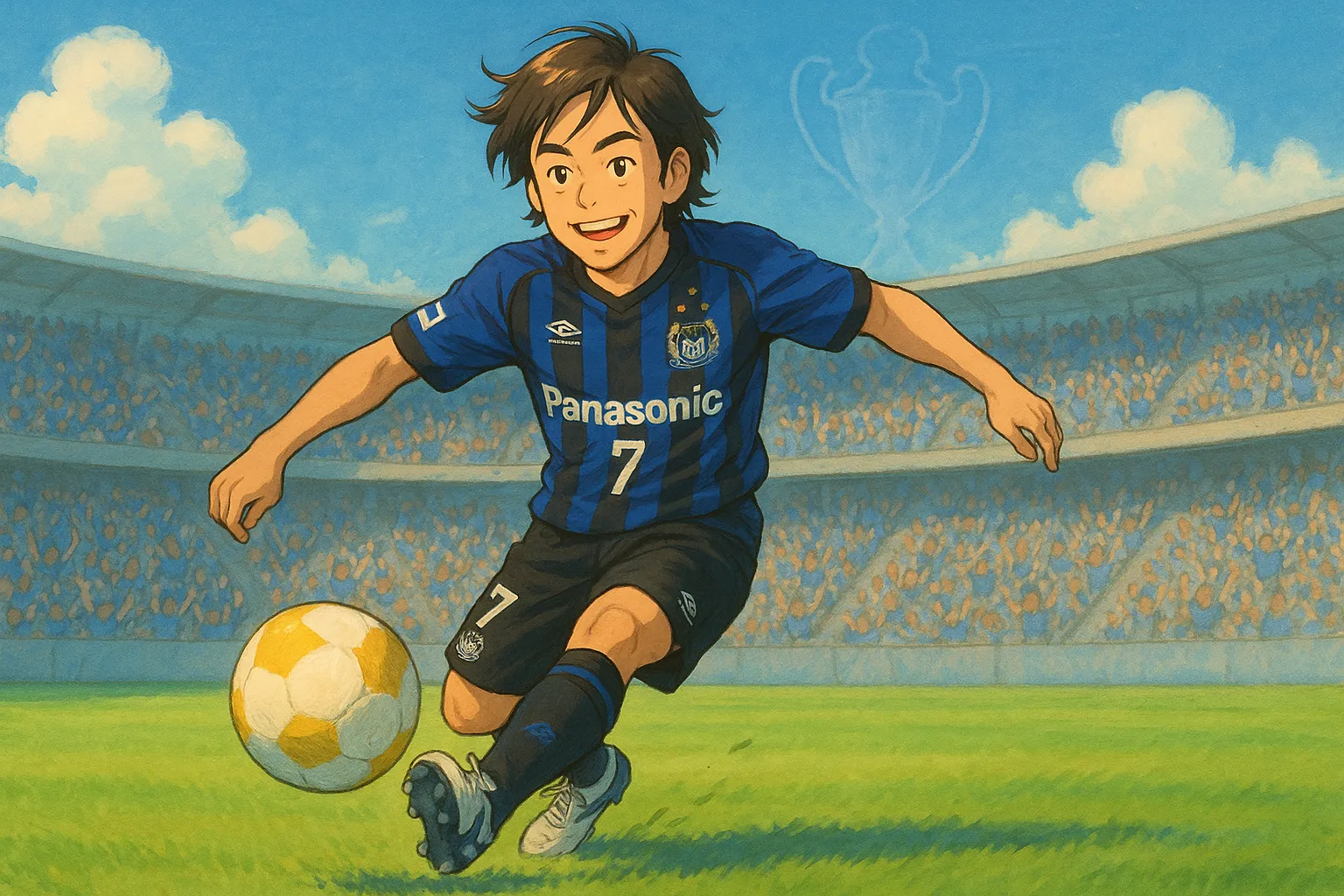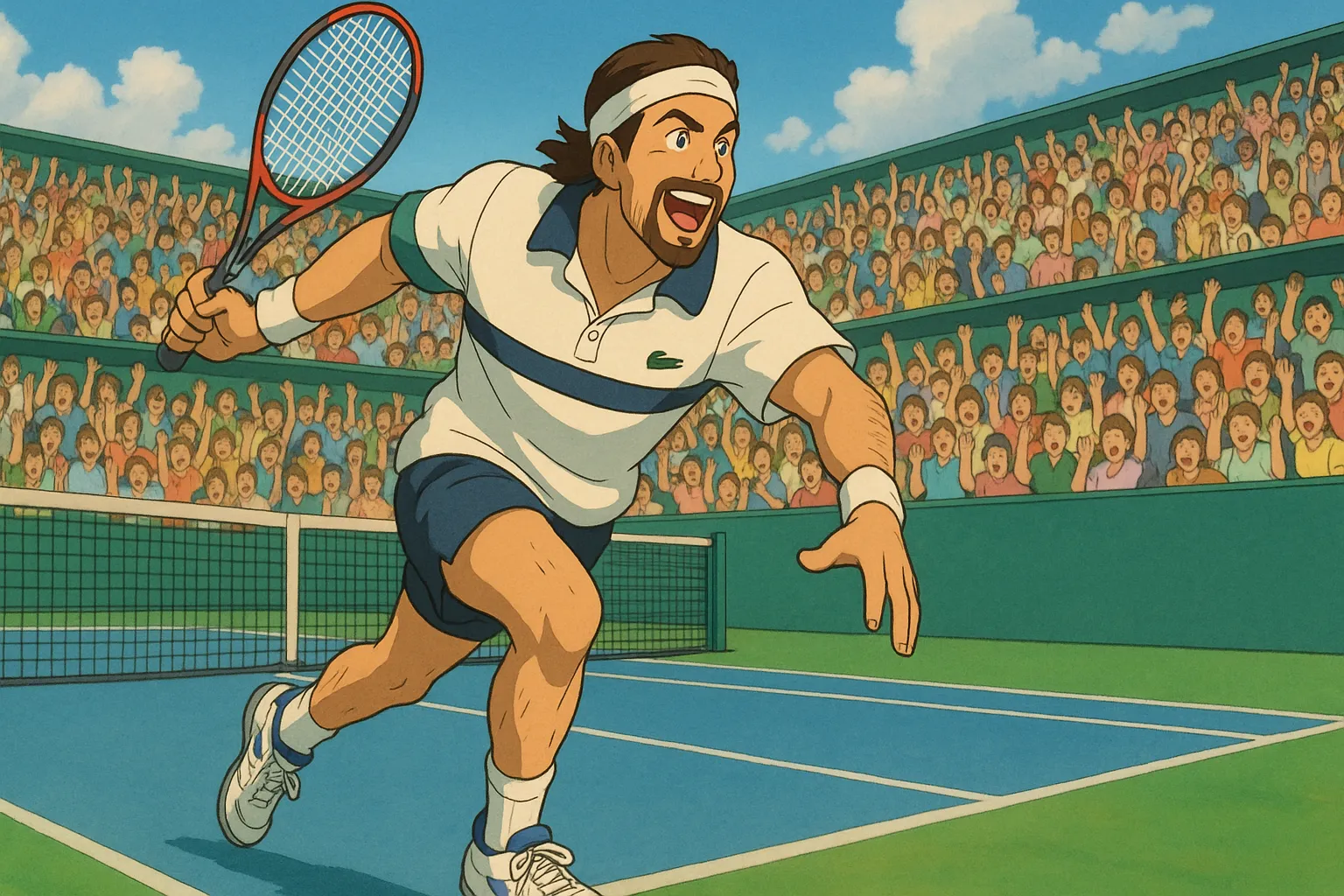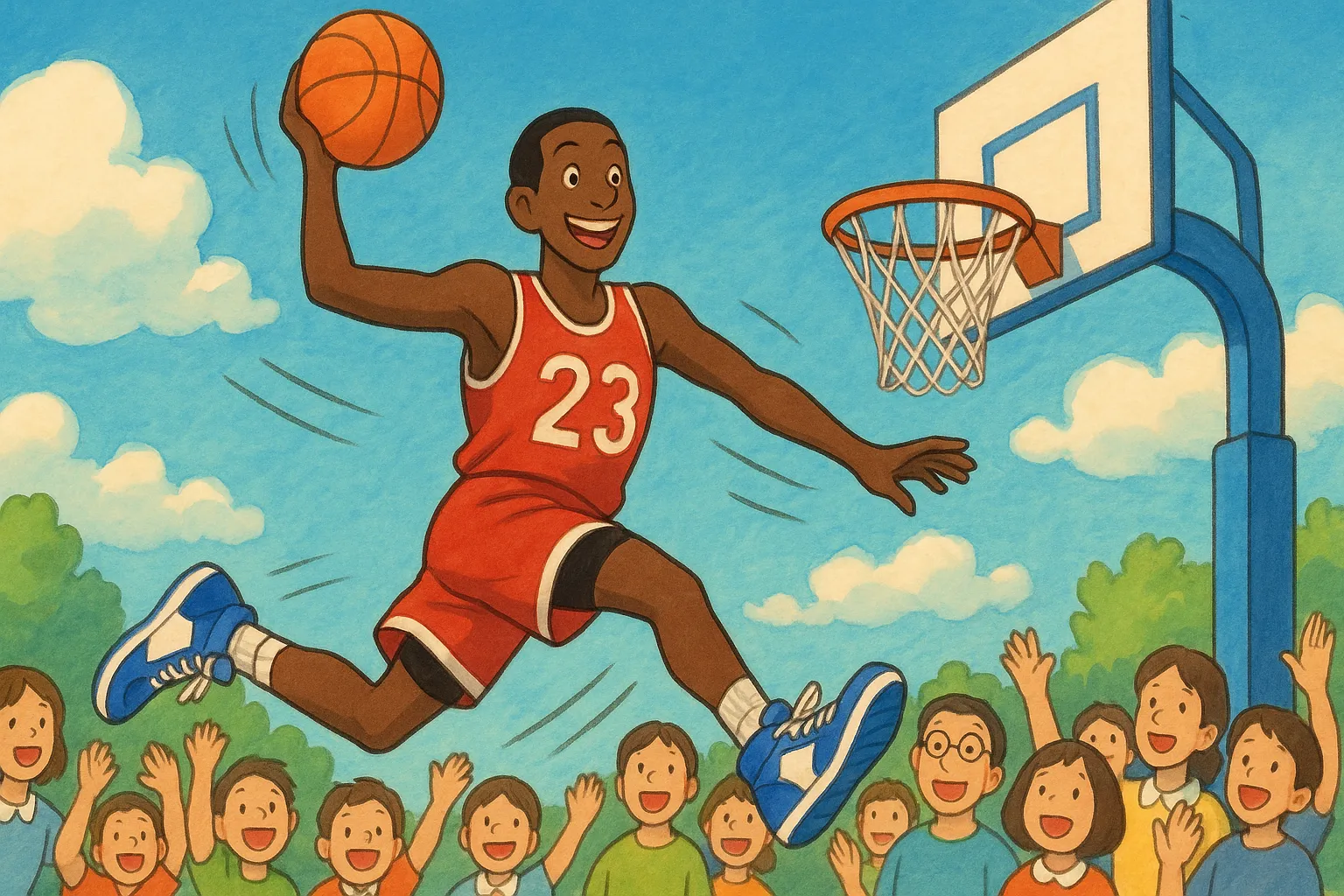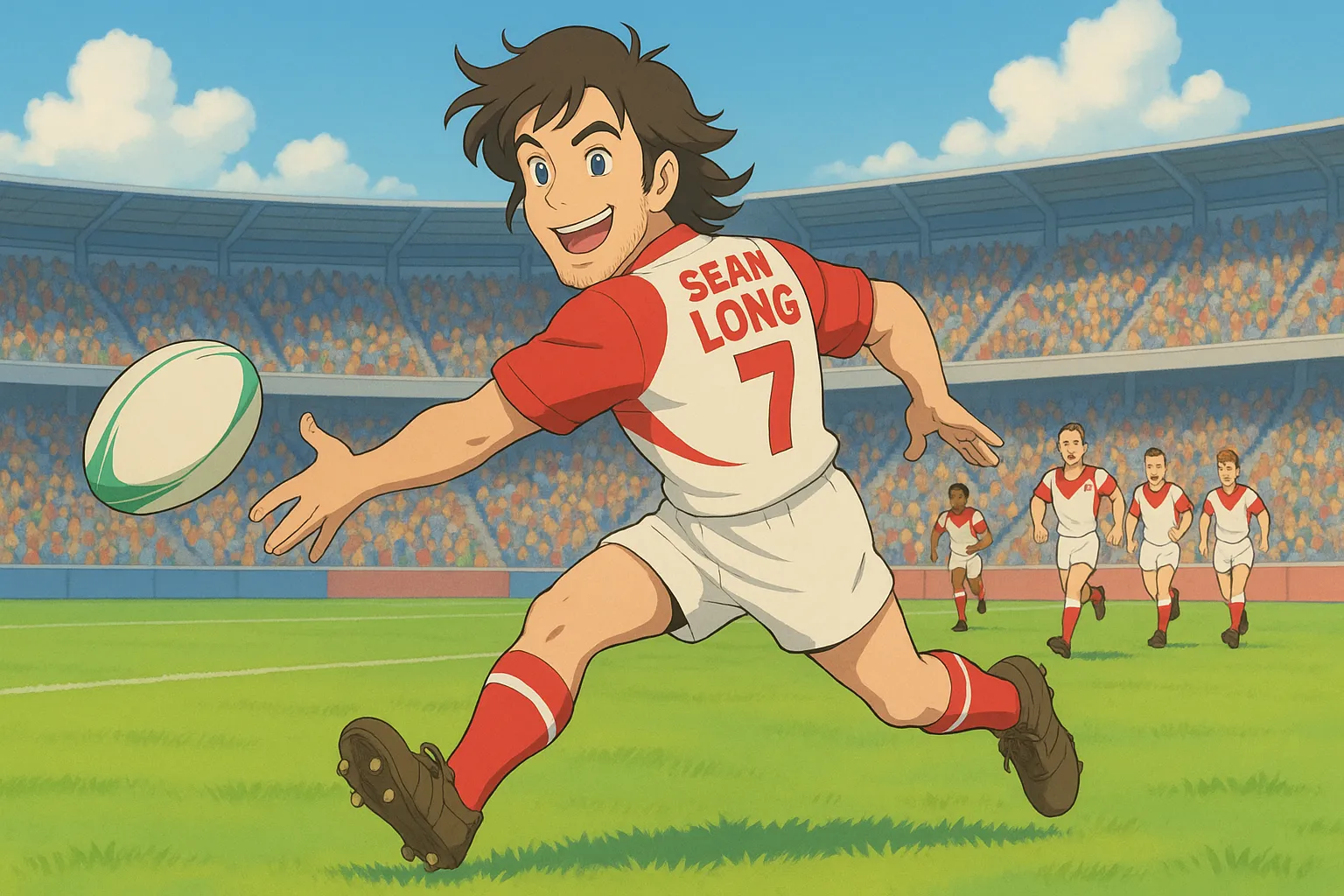
Frequently Asked Questions
Where did Sean Long begin his rugby journey?
He started in local junior clubs in the north of England and progressed through youth systems before reaching the professional ranks.
What skills besides passing made him stand out?
His game reading, tactical kicking and timing for sniping runs helped create opportunities and control momentum.
Was he involved in goal-kicking or drop goals?
Yes — he was often trusted with tactical kicks, including conversions and opportunistic drop-goals to win or secure matches.
Did he win individual honors during his career?
He collected several man-of-the-match and seasonal recognitions over his career and was regularly cited among the best in his position.
Has he stayed connected to rugby since retiring?
After retiring from playing he remained involved in the sport through coaching, media work and community projects supporting young players.
How can young players practice his approach?
Work on quick passing, situational decision drills, vision exercises (head up), and small-sided games that force fast choices and communication.
Where can I watch reliable highlights of his games?
Look for official club channels, licensed broadcaster archives, and reputable sports highlight sites or DVDs rather than random uploads.
Is his influence felt outside his club?
Yes — coaches and young halves beyond his club have studied his style; his emphasis on smart play influenced wider coaching and player development.

